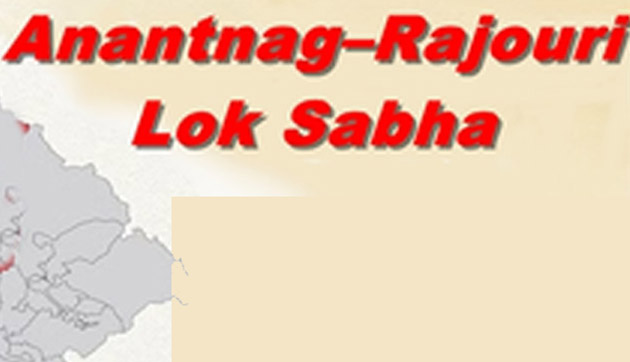Dr Satwant Singh Rissam
Even after facing stiff opposition from the Gujjars and Bakerwals, Paharis became successful in getting Scheduled Tribe (ST) status in Jammu and Kashmir. Paharis have fought a long battle for reservation before seeing this success. Ten percent reservation has been given to the Pahari Ethnic Tribe, Paddari Tribe, Kolis, and Gadda Brahmins in J&K which was approved by the Parliament in this year’s budget session in February. The Gujjars and Bakerwals were already enjoying a ten percent reservation in Jammu and Kashmir under the ST category. With this new addition, total reservations under the ST category have gone up to twenty percent. However, Gujjars and Bakerwals continue to believe that Paharis didn’t deserve reservation as they belonged to a socio-economically empowered group. With this new ten percent reservation for the Pahari community, Paharis will now get their share in government jobs and various seats in educational institutions. Paharis have a large population in the Poonch and Rajouri districts of the Jammu region and around ten lakh new people are going to get new ST reservations as Paharis have a presence even in North Kashmir’s Baramulla and Kupwara districts.
This new reservation has seen large political activity around it from protests to internet blockades to political allegations. Most opposition party leaders in J&K believe that this reservation only results from the BJP’s ambitions of expanding in the Muslim-majority Rajouri and Poonch districts. Moreso, because nine assembly segments in the Jammu and Kashmir legislative assembly after delimitation are now reserved for ST. Before the delimitation of constituencies in Jammu and Kashmir, the Jammu region had only thirty-seven assembly seats while the Kashmir region had forty-six. Surprisingly, after delimitation, Jammu got an additional six seats and Kashmir saw only an increase of one seat, taking the total tally to ninety seats in the J&K legislative assembly. So, this allegation of opposition parties shows some reasoning for it. But as they say ‘politics is number game’ so this reservation appears more of a socio-political plan of the BJP to extend its footprint especially in these two districts.
According to the 2011 census, the total population of Paharis in the Pir Panjal region is fifty six percent.
Moreover, the BJP has registered victory in the assembly segments of Nowshera and Kalakote falling in this region and retained that lead in both assembly segments during the 2014 and 2019 Lok Sabha elections. In this prevailing political scenario and with this new ‘reservation’ granted, BJP is banking on the consolidation of its traditional Hindu vote bank and expand more with Muslim Paharis vote to score big again in this belt as well as in assembly segments like Uri and Karnah in Kashmir region. BJP is planning to gain with ‘reservation’ even in some pockets of south Kashmir where Paharis are present in significant numbers and this region is known for low-voting percentage in elections. Firstly, BJP wants to test and achieve out of this ‘new reservation’ and low voting percentage trend in the newly carved out Anantnag-Rajouri parliamentary seat having eighteen assembly segments, including Anantnag, Anantnag West, Budhal, Devsar, DH Pora, Dooru, Kokernag, Kulgam, Mendhar, Nowshera, Pahalgam, Poonch Haveli, Rajouri, Shangus-Anantnag East, Srigufwara-Bijbehara, Surankot, Thannamandi and Zainapora.
BJP wants to create a strategic political push on this seat as it is the first-ever Parliamentary seat stretching in both the Jammu and Kashmir divisions. With the impact of the Pahari reservation on this Lok Sabha seat, the BJP’s plans will be little smooth. If we go by simple math that if south Kashmir doesn’t vote in high numbers again this time and Pir Panjal witnesses Hindu and Muslim Pahari vote consolidation in favour of BJP, then BJP will be in favorable condition in Anantnag-Rajouri parliamentary seat, and it may convert this into its maiden electoral victory in the Kashmir valley. Meanwhile, let us also admit that it is easier said than done because of the opposition parties contesting against the BJP on this seat and the traditional strong political hold of the National Conference, Congress, and PDP in the Pir Panjal region. Considering the newly carved Rajouri-Anantnag Parliamentary constituency and the shifting political dynamics in this constituency vis a vis historical voting trends, every single vote will be crucial in determining the future representation on this seat which may become a turning point in Kashmir’s electoral journey.
Trending Now
E-Paper


